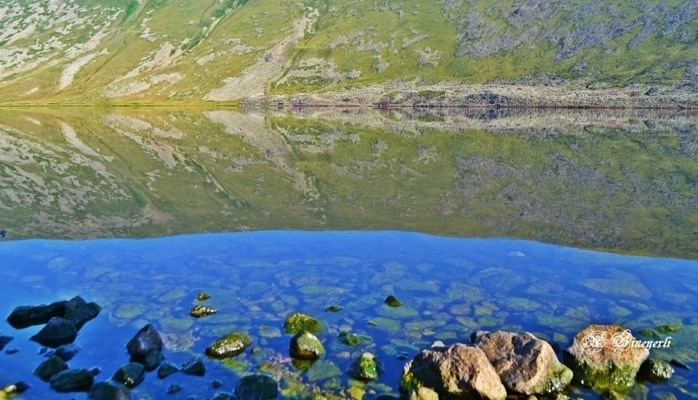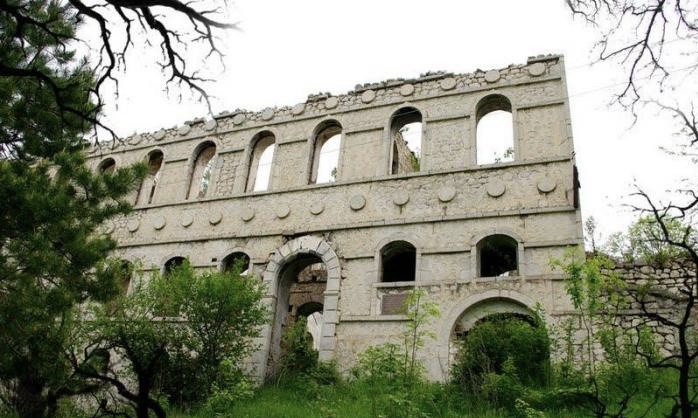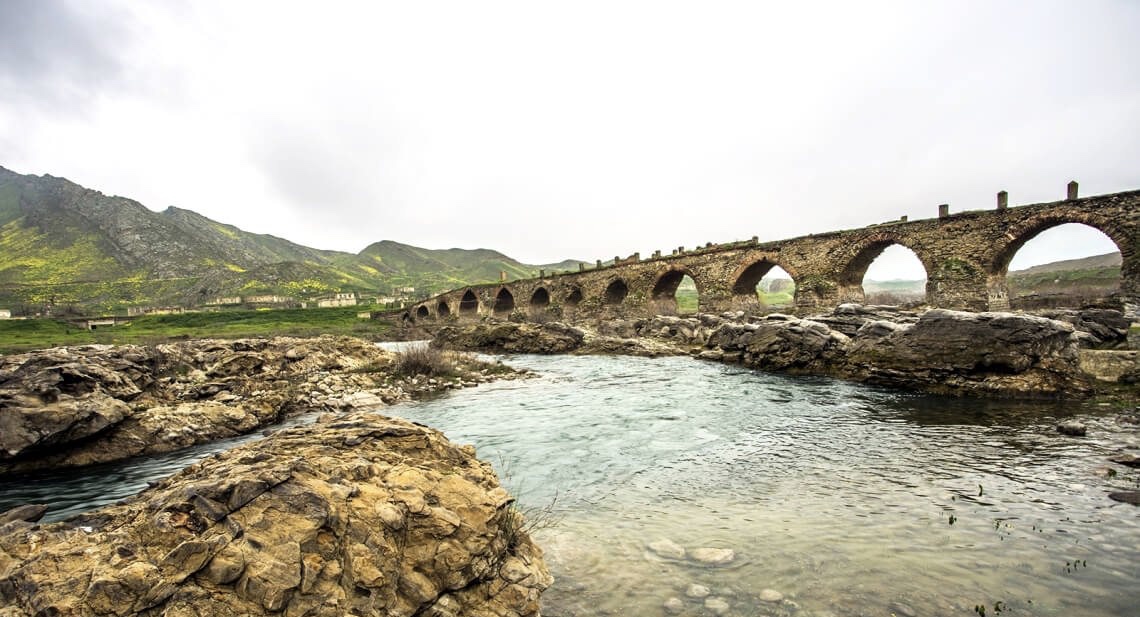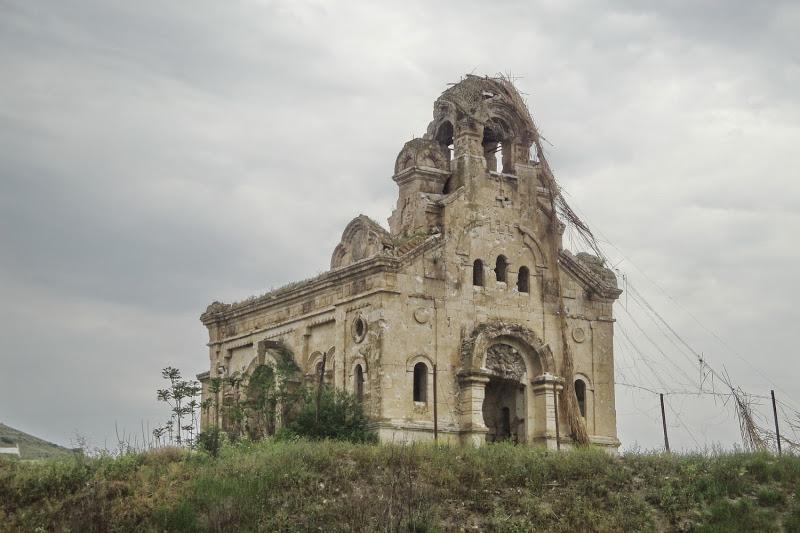






of







of







of





















Qaragol Interrepublics State Reserve was set up with the decision of the Council of Ministers dated November17, 1987. Garagol State Reserve is located 2658m above sea-level in the borderline of Lachin region with Gorus region. The total area of the reserve is 240hectares.
Ishikhli Garagol is in the south part of Karabakh Volcanic mountain range, which is 2658m above sea-level, in the source of the Aghoghlan river – the right tributary of Hakari river, in the north foothills of Boyuk Ishikhli mountain (3548 m). It is surrounded by Damirdash and Kichik Ishikhli mountain in the north-west (3452 m), Janqutaran mountain in the north (2790 m), and low moraine bloc in the east. This lake is a relict water source, which reminds volcanic crater. Garagol region is in the rocks of upper Pliocene age.
The length of the lake is 1950 m, the maximum width is 1250 m, the length of coastline is 5500 m, the maximum depth is 7,8 m, the basin area is 13 square meters. The volume of water in the lake is calculated 10 million cubic meters. The water transparency of the lake is 4,6 m. The bottom of the lake near the coast consists of stones of different sizes. Towards the centre of the lake the size of rocks becomes diminished, and finally in the centre it comprises finely granular sediments.
From the second half of October till the end of April it is frozen. The thickness of the ice is more than 50cm up to 20-25 m distance from the shore towards the centre. The snow is up to 40-45cm thick here.
There are 102 species and semi-species of plants that consist of 68 species and 27 families.
Although there is no water flow into the lake, and since its water is pure and life-giving, people used to visit there as a holy place.
In 1964s, the construction of cattle-breeding farms on the shore of the lake in the Armenian part, the usage of its water in irrigation of sown areas of Goruz region by building powerful pumping stations in the lake caused the lake pollution as well as reduction of water level in the lake. Those times discontents of people of Lachin region limited a little their exploitation. At present, the intensive usage of the lake water, which remains beyond notice, may lead to inevitable negative impacts.
“Nature”, Virtual Karabakh. https://www.virtualkarabakh.az/en/post-item/26/45/nature.html.

Qaragol Interrepublics State Reserve was set up with the decision of the Council of Ministers dated November17, 1987. Garagol State …

The idea of establishing Aghdam Bread Museum, which is considered to be the second in the world after the Zurich …

The Khurshudbanu Natavan’s House is a historical and architectural monument of the 18th century located in the city of Shusha. …

Museum Mausoleum Complex of Molla Panah Vagif is located in Shusha, Azerbaijan. It was built in honor of Molla Panah …

The Bridge belongs to the Arran architecture school. The first written source that mentioned the 15-arched Khudafarin Bridge belongs to …

Garghabazar Caravanserai was built in 1681 at the hillside, in the center of Garghabazar village of Fuzuli district, 8 km …

Armenia’s vandalism in Nagorno-Karabakh and seven surrounding regions affected not only the historical, cultural, and religious heritage of Islam but …

Jabrayil History-Ethnography Museum has been operating since 1953. Archaeological and ethnographic materials belonging to the history of the region, textiles, …

Khudavang, or Dedeveng, Monastery Complex is located in the Vang village of Kalbajar District, on the left bank of Tartar …

“The 19th century Aghdam Juma Mosque is perhaps the only structure that has withstood the years of neglect since the …